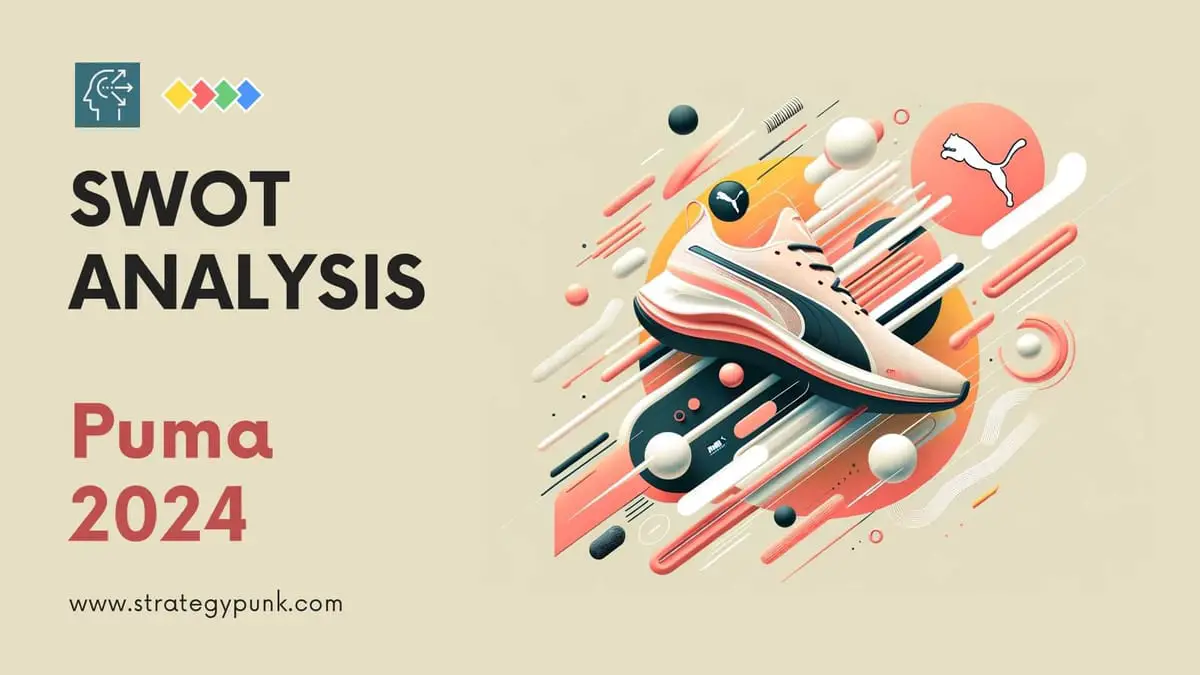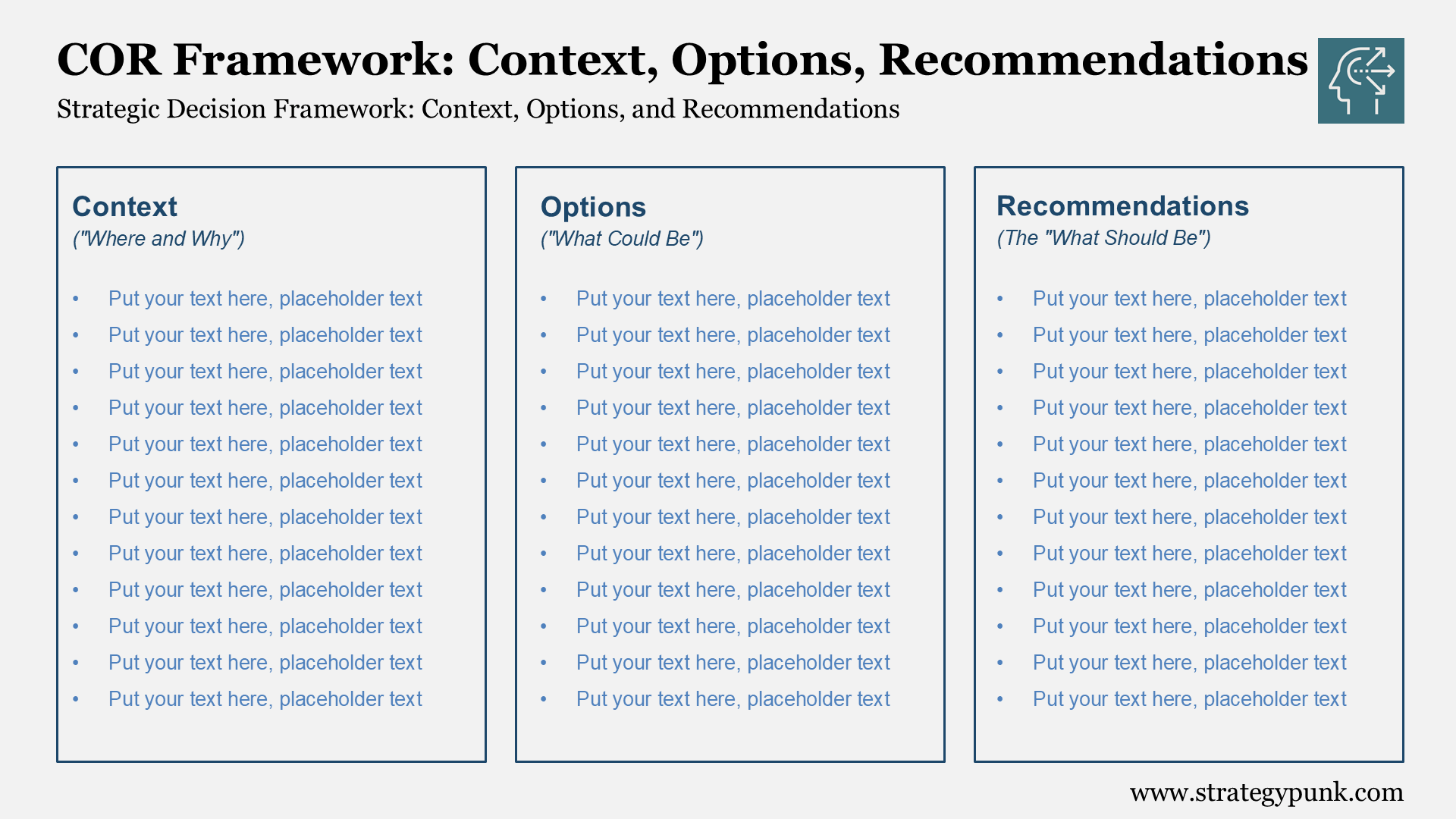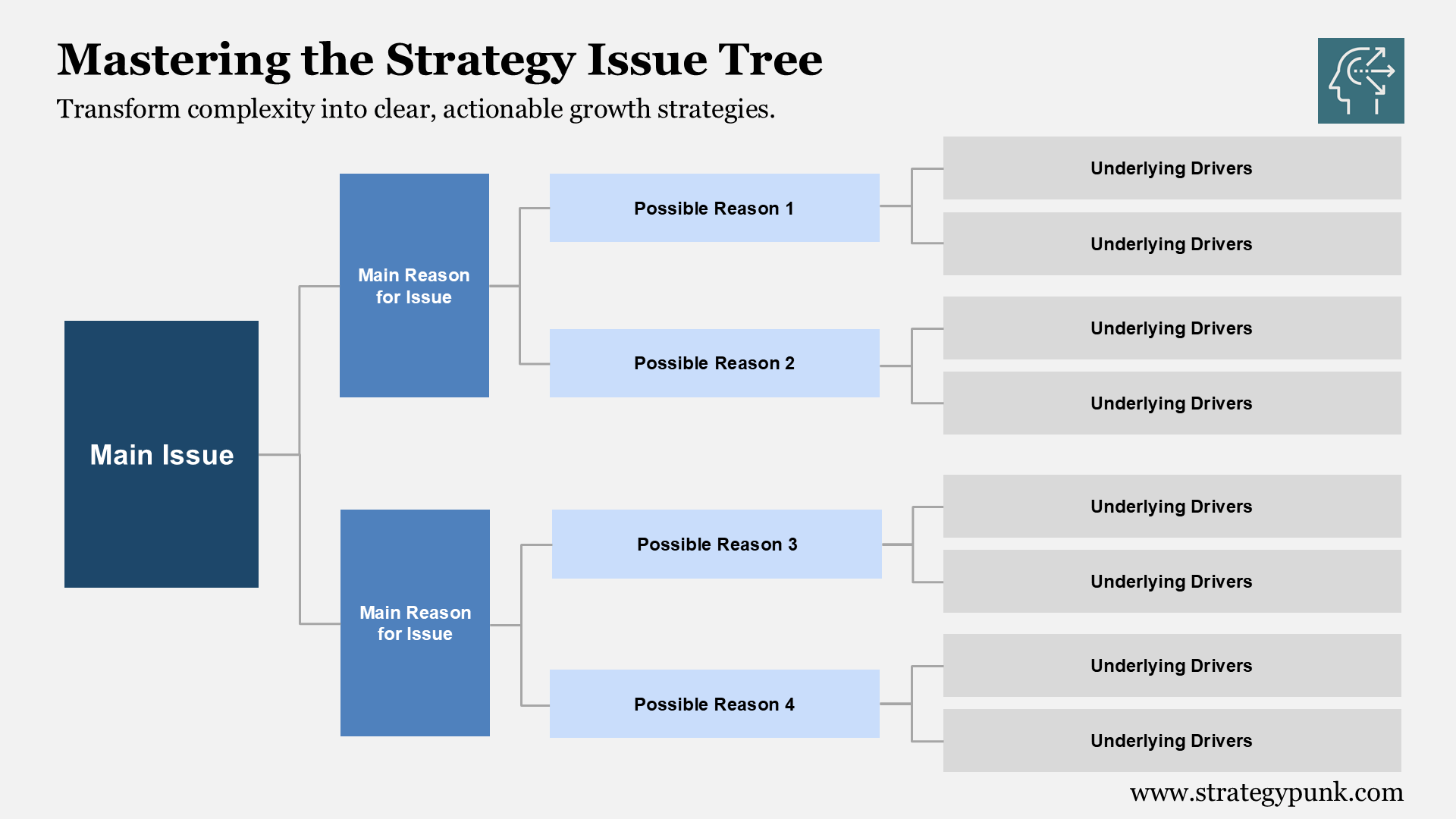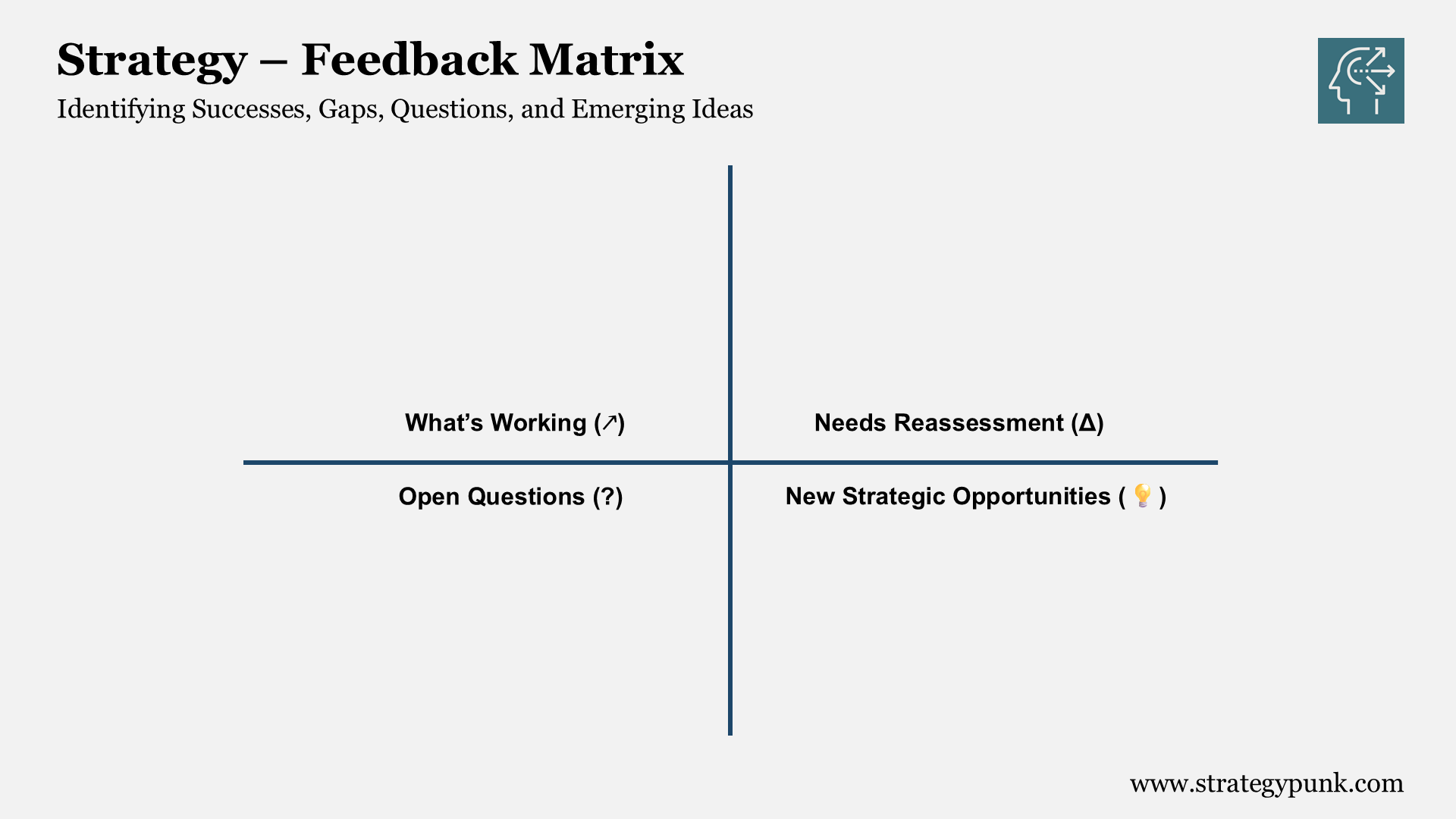Under Armour's 2024 Strategic Compass: In-Depth SWOT Analysis (Free Access to PPT)
Explore Under Armour's 2024 vision with our comprehensive SWOT Analysis. Get free access to our detailed PowerPoint template and discover strategic insights, opportunities, and challenges. Perfect for professionals seeking in-depth analysis and strategic direction.
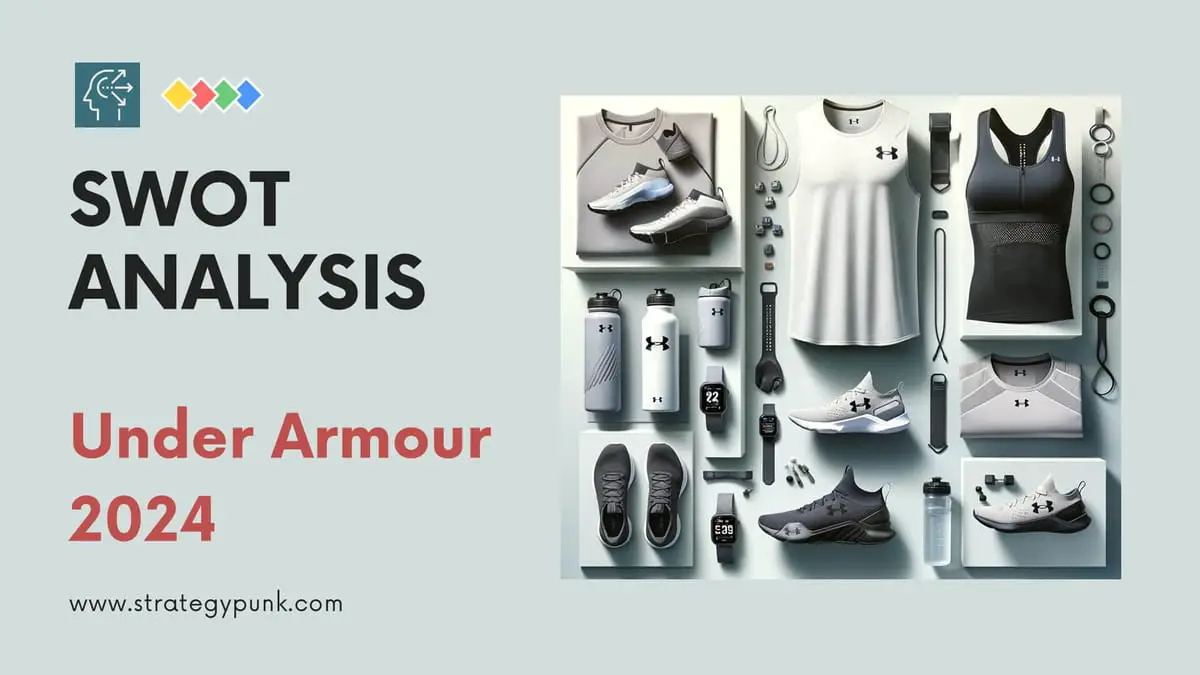
Dive into the fashion world's future with 'Under Armour's 2024 Strategic Compass: In-Depth SWOT Analysis'.
This post isn’t just a glimpse. It’s a full-scale journey into Under Armour’s strategic roadmap for 2024, uncovering the dynamic strengths, hidden weaknesses, untapped opportunities, and lurking threats.
Prepare for an eye-opening analysis, complete with a free, detailed PowerPoint presentation that will change how you see one of the world's most iconic sports brands.
The Swoosh Versus the Shield: Under Armour Battles Nike for Sportswear Supremacy
The year is 2024, and the sportswear industry stands at a crossroads. Nike and its iconic Swoosh have dominated the marketplace for over two decades.
But a scrappy upstart founded by a former college football player now has the giant on the run. Under Armour's sleek performance gear and aggressive marketing have shaken the athleisure world.
As both sportswear titans chart their future strategic compass amidst a rapidly shifting retail landscape, their duel for market share could define the next era of activewear innovation.
Let’s break down this brewing brand war through an in-depth SWOT analysis of Under Armour’s positioning in 2024.
Under Armour's Origin Story
In 1996, University of Maryland football player Kevin Plank grew frustrated with his sweat-soaked cotton shirts restricting his performance on the field. Seeing a market opportunity, Plank launched Under Armour from his grandmother’s basement with a moisture-wicking undershirt prototype.
This revolutionary ColdGear fabric became Under Armour’s technical sportswear cornerstone, focusing on thermoregulation, compression, and innovation. Over the next two decades, Under Armour exploded in popularity with young athletes and weekend warriors.
Sponsorship deals with emerging sports stars like Tom Brady, Stephen Curry, and Lindsey Vonn, along with edgy marketing campaigns, solidified the brand’s underdog identity. Under Armour even briefly surpassed Adidas in 2014 to become the second-largest sportswear manufacturer in the United States behind Nike.
However, recent struggles with inventory management, executive turnover, and slowing growth in the saturated North American sportswear market have tarnished Under Armour’s meteoric rise. As the company charts its 2024 strategic compass, recapturing the scrappy mojo of the past will be essential to compete with old foes and disruptive direct-to-consumer upstarts.
Financial Snapshot
Despite recent stumbles, Under Armour’s financial foundation remains strong heading into 2024.
The company generated $5.7 billion worldwide revenue in 2022, representing a 25% share of the $23 billion US performance athletic market.
Internationally, Under Armour grossed over $1.2 billion in sales last year.
While still dwarfed by Nike’s $44.5 billion in 2022 revenue globally, Under Armour has room to grab more market share domestically and abroad.
Under Armour’s Target Customers
Under Armour took the sportswear world by storm through grassroots marketing focused on passionate young athletes and fitness buffs.
The brand’s provocative “Protect This House” campaigns resonated with teens and college students looking to showcase their grit on the field or in the weight room.
However, Under Armour has realigned its 2024 strategic compass towards versatile activewear for work, school, and everyday adventures to expand its customer base amidst maturing North American demand.
Lines like UA Rush, UA Sportstyle, and UA Horizon cater to this growing “athleisure” trend popularized by competing brands like Nike, Adidas, and Lululemon. Capturing more female consumers also remains a priority for Under Armour in its quest to unseat current second-place Adidas in market share.
Under Armour’s Product Portfolio
While apparel sales still account for the bulk of Under Armour’s business, their range of performance products spans footwear, accessories, and connected fitness tracking technology.
Footwear remains one area with massive growth potential for Under Armour, especially its sprawling running shoe selection. Collaborations with brand ambassadors like Dwayne “The Rock” Johnson could further boost sales with exclusive product capsules beyond Under Armour’s standard offerings.
Accessories like bags, headwear, gloves, and masks round out Under Armour’s wearable portfolio. Tech-enabled offerings like workout headphones and heart rate monitors also showcase innovation, but stiff competition from Apple, Garmin, and Fitbit linger as threats.
Under Armour’s Marketing Strategy
As an insurgent startup brand, Under Armour’s early marketing relied on grassroots outreach and team partnerships rather than expensive traditional advertising, by equipping upstart pros who then reached stardom like Tom Brady, Under Armour organically built street cred with young athletes aspiring for greatness themselves one day.
However, as the Under Armour brand matured, they invested more in big-budget campaigns like the “Rule Yourself” Olympics ads and the acclaimed “I Will What I Want” manifesto spearheaded by model Gisele Bündchen. Under Armour also leans on content marketing through the MapMyFitness network they acquired and their fitness community app MyFitnessPal.
Looking at 2024 and beyond, Under Armour should double down on social media engagement and micro-influencer collaborations. Tapping rising niche athletes and targeted brand ambassador partnerships may resonate better with fickle Gen Z consumers than broad mainstream promotions.
In-Depth SWOT Analysis of Under Armour 2024
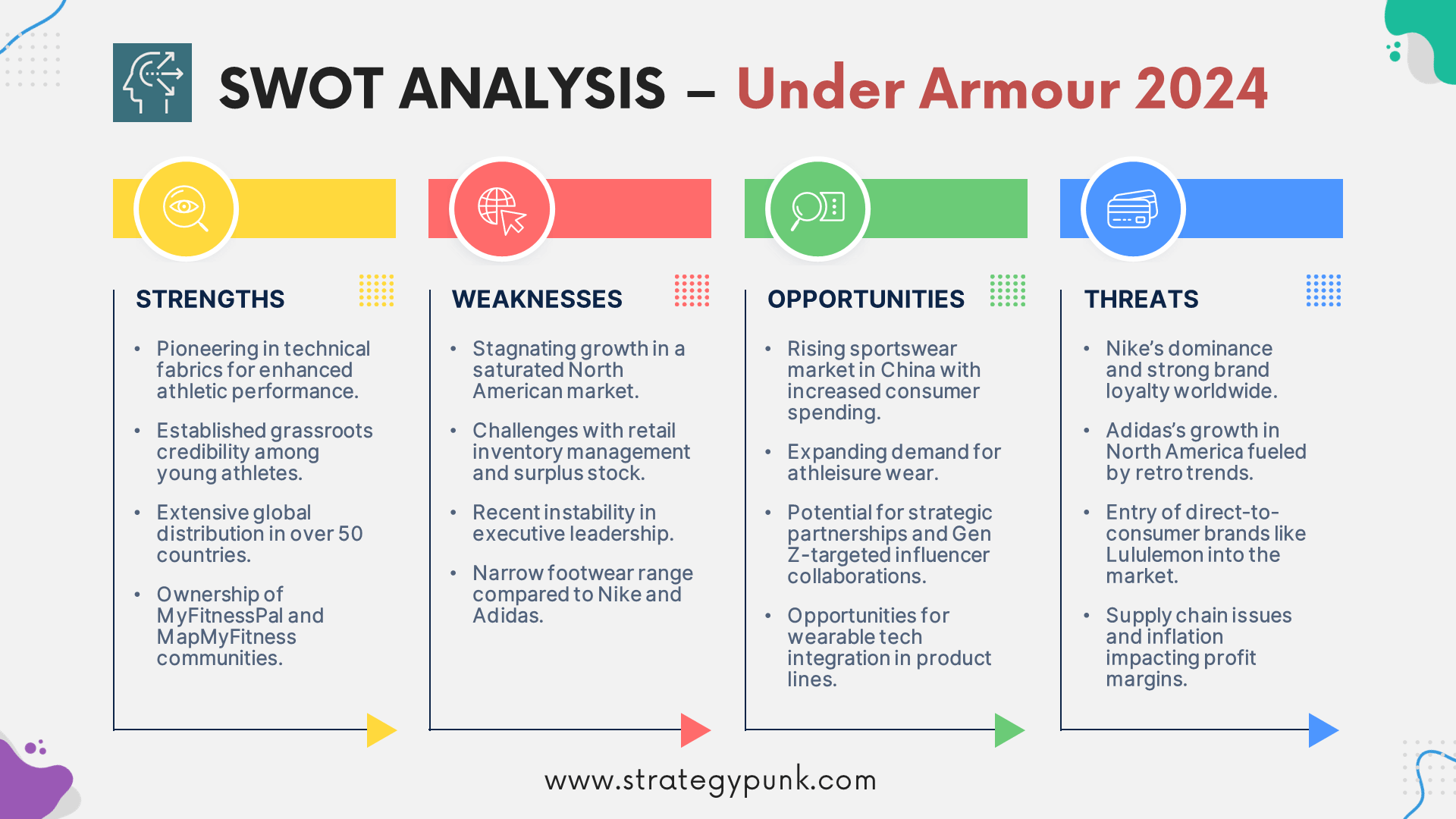
Let’s analyze Under Armour’s current strategic positioning through a SWOT framework spotlighting their Strengths, Weaknesses, Opportunities, and Threats as the sportswear industry evolves towards 2024 and beyond:
Strengths
- Innovative technical fabrics and apparel optimized for athlete performance
- Grassroots brand credibility with young athletes and weekend warriors
- Global distribution network reaching customers in over 50 countries
- MyFitnessPal community and MapMyFitness tracking ecosystem
Weaknesses
- Stagnating sales growth in a saturated North American market
- Ongoing struggles managing retail inventory and excess merchandise
- Executive leadership uncertainty after recent CEO shakeups
- Limited footwear assortment compared to rivals Nike and Adidas
Opportunities
- China’s expanding sportswear market with rising consumer spending power
- Growing demand for athleisure gear beyond hardcore athletic usage
- Strategic partnerships and influencer collaborations tailored for Gen Z fans
- Wearable technology integration across Under Armour’s product portfolio
Threats
- Nike’s dominant market share and entrenched brand loyalty globally
- Adidas’s resurgence in North America, led by the retro footwear craze
- Lululemon and other direct-to-consumer disruptors entering sportswear
- Supply chain bottlenecks and inflationary pressures squeezing margins
The Road Ahead for Under Armour
Under Armour stands at a crossroads heading into 2024. With new leadership, the brand can rediscover its scrappy underdog mojo through targeted innovation, grassroots marketing, and strategic partnerships tailored to the next generation of young athletes worldwide.
However, amidst growing competition and retail uncertainty, Under Armour must shore up lingering weaknesses around inventory, leadership, and geographic overexposure to rekindle sustainable growth.
By doubling down on technical fabric excellence while expanding lifestyle appeal beyond performance, Under Armour can thrive for years. The ball is in their court to choose wisely on this future strategic compass.
Frequently Asked Questions
FAQs for the SWOT Analysis on Under Armour
What is Under Armour's long-term growth strategy? Does it align with the McKinsey 3 Horizons model?
Under Armour is pursuing a Horizon 3 growth strategy focused on connected fitness and digital innovation, but supply chain woes have hindered their progress.
Under Armour has lofty Horizon 3 ambitions focused on connected fitness and digital innovation, positioning the brand for long-term growth in the athleisure space.
However, recent supply chain struggles with bloated inventories and distribution bottlenecks have hindered their progress and ability to keep pace with customer demand. New leadership faces the challenge of righting the ship in the near term.
How is Under Armour evolving its go-to-market strategy in the direct-to-consumer space to compete with brands like Nike and Lululemon?
Under Armour aims to enhance direct-to-consumer sales through personalized e-commerce, subscription services, and targeted digital marketing.
To evolve its direct-to-consumer approach, Under Armour is enhancing personalized e-commerce through data-driven recommendations, launching subscription services for curated gear deliveries, and investing more in targeted digital marketing campaigns compared to the past.
The goal is to provide a frictionless omnichannel experience on par with leading D2C brands.
What strategic partnerships or acquisitions could help Under Armour expand into new product categories or international markets?
Potential partnerships for Under Armour could include fitness technology companies or sporting goods brands that expand product offerings.
Under Armour has opportunities to partner with emerging fitness technology companies to develop the next generation of wearables to track athlete performance.
Collaborating with specialty sports brands outside their wheelhouse allows Under Armour to expand into new product niches where they currently lag leaders Nike and Adidas.
How can Under Armour solve supply chain challenges related to demand forecasting, inventory management, and overseas manufacturing?
Under Armour can improve demand planning through advanced data analytics, diversifying manufacturing and optimizing inventory allocation.
On the operational side, Under Armour is building intelligent supply chain capabilities using demand-sensing AI to improve visibility, leveraging predictive data models to align procurement and production, and implementing customer analytics to spot purchasing trends earlier.
Diversifying manufacturing and optimizing channel inventory allocation will also help smooth volatility.
What is Under Armour doing to attract and retain top creative talent and leadership amid executive turnover in recent years?
Under Armour is promoting internal talent and recruiting outside creative leaders to realign cultural values after a recent executive turnover.
Under Armor aims to realign cultural values after recent executive shakeups to promote internal creative talent capable of balancing data-driven decision-making with the brand's scrappy underdog ethos.
Recruiting proven leaders outside the company who understand the dynamic retail landscape will also inject a fresh perspective.
Will Under Armour leverage M&A opportunities to acquire promising fitness technology startups or niche sports brands?
Under Armour may leverage acquisitions to onboard promising startups with specialized performance products or analytics capabilities.
As Under Armour looks to build future growth engines, it may leverage acquisitions or investments to onboard promising startups with specialized performance products or predictive analytics capabilities that complement internal R&D strengths.
Strategic buys in artificial intelligence, 3D printing, or digital fitness could help Under Armour regain its technical edge while tapping new revenue streams.
What is Under Armour's strategy for growing its footwear business to better compete with Nike and Adidas?
Under Armour plans to increase footwear selection with lightweight running/lifestyle shoes, leveraging athlete endorsements and collaborative product launches.
Under Armour plans to significantly increase performance and lifestyle shoe selection over the next 3-5 years to rectify the current underrepresentation of footwear compared to archrivals.
Lightweight running/training sneakers with comfort innovations and stylish casual kicks endorsed by athlete brand ambassadors can enhance the appeal. Collaborative capsule collections co-designed with rising stars could also generate hype.
How can Under Armour refine its marketing strategy to better resonate with Generation Z consumers on social media platforms?
Under Armour will refine digital and influencer campaigns tailored to Gen Z interests like gaming, music, and sustainability.
To sharpen its marketing approach for Generation Z digital natives, Under Armour will shift more of its budget to youth-focused social media engagement, especially on TikTok and Twitch, where its presence lags.
Influencer collaborations with gaming personalities, musicians, and nano-influencers will help Under Armour authentically embed its brand in rising subcultures. Sustainability messaging and promoting product durability also resonates with socially-conscious Gen Z values.
What sustainable manufacturing and ethical sourcing initiatives has Under Armour implemented in its supply chain?
Under Armour aims to responsibly source materials through supplier audits, recycled plastics/fabrics, and other eco-initiatives.
On the responsible sourcing front, Under Armour has implemented supplier audits, used recycled plastics/fabrics in manufacturing, and other sustainability initiatives but still trails leading athleisure brands.
More transparency around fair labor practices, materials innovation investments, and product carbon footprints can help Under Armour meet expectations from increasingly eco-conscious consumers.
How can Under Armour leverage data analytics and artificial intelligence to forecast customer demand more accurately?
Under Armour is adopting AI demand sensing, predictive data models, and customer analytics to anticipate purchasing trends.
Under Armour is building an analytics technology stack encompassing AI demand sensing models, predictive data forecasting, inventory optimization algorithms, and customer analytics to transform their demand planning capabilities.
The goal is gaining end-to-end visibility into purchasing trends, and supply needs to make the entire value chain more responsive to consumer behavior shifts.
Under Armour SWOT Analysis PowerPoint Template
free and fully editable PPT template
A SWOT analysis evaluates the strengths, weaknesses, opportunities, and threats impacting a company.
This free editable PowerPoint template provides a SWOT analysis framework to evaluate Under Armour's internal strengths and weaknesses and external opportunities and threats.
Under Armour SWOT Analysis PDF Template
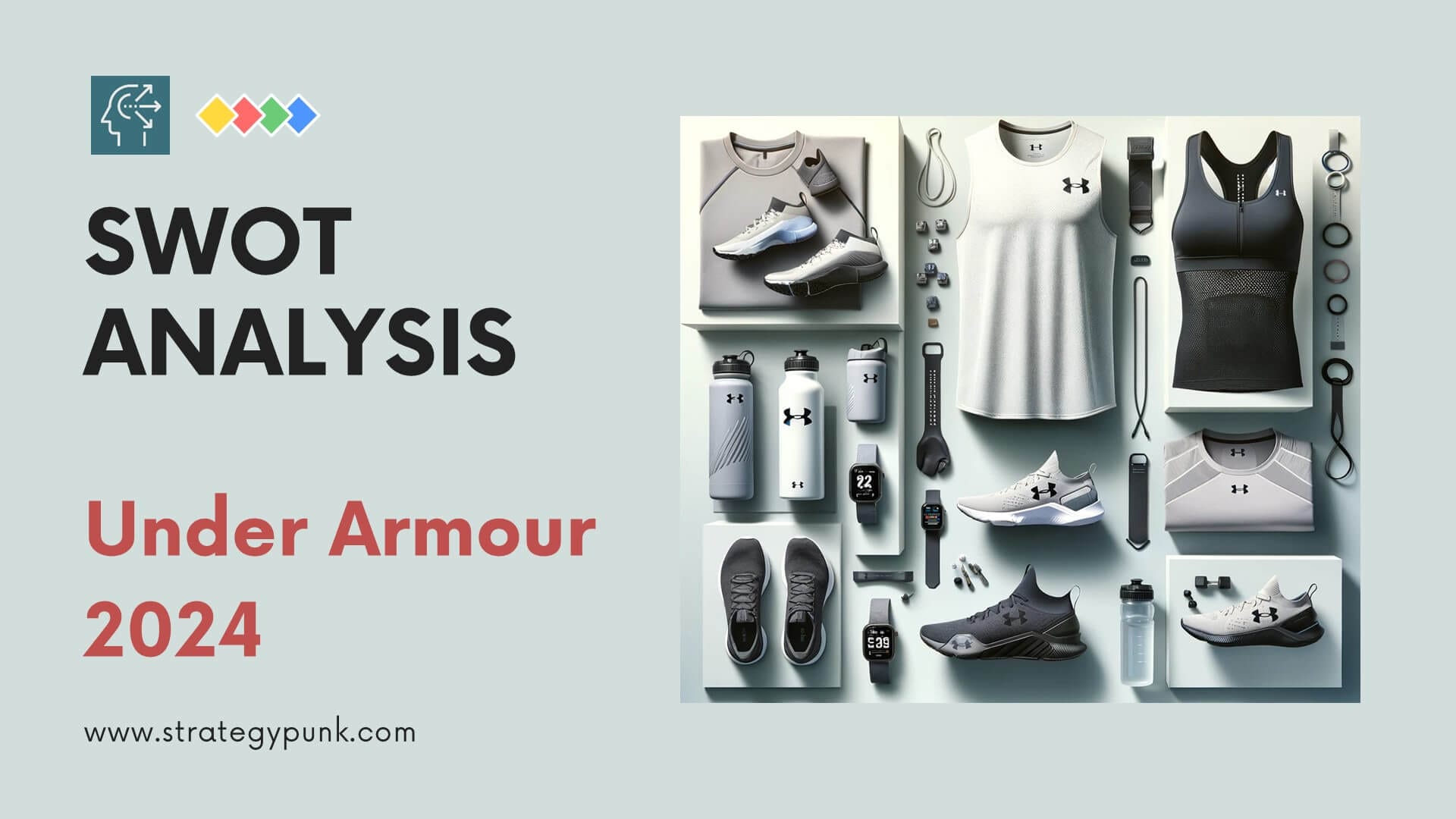
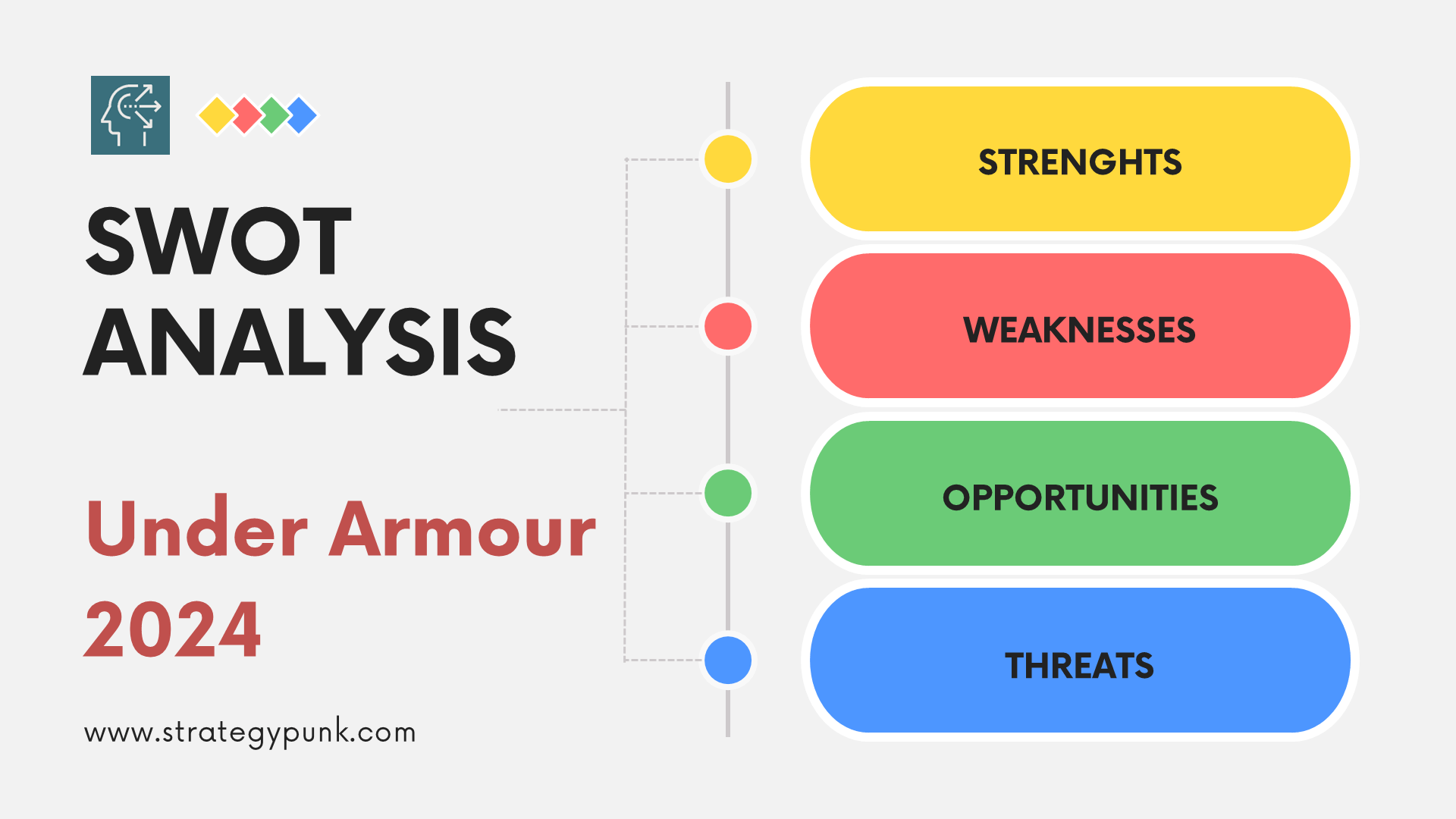
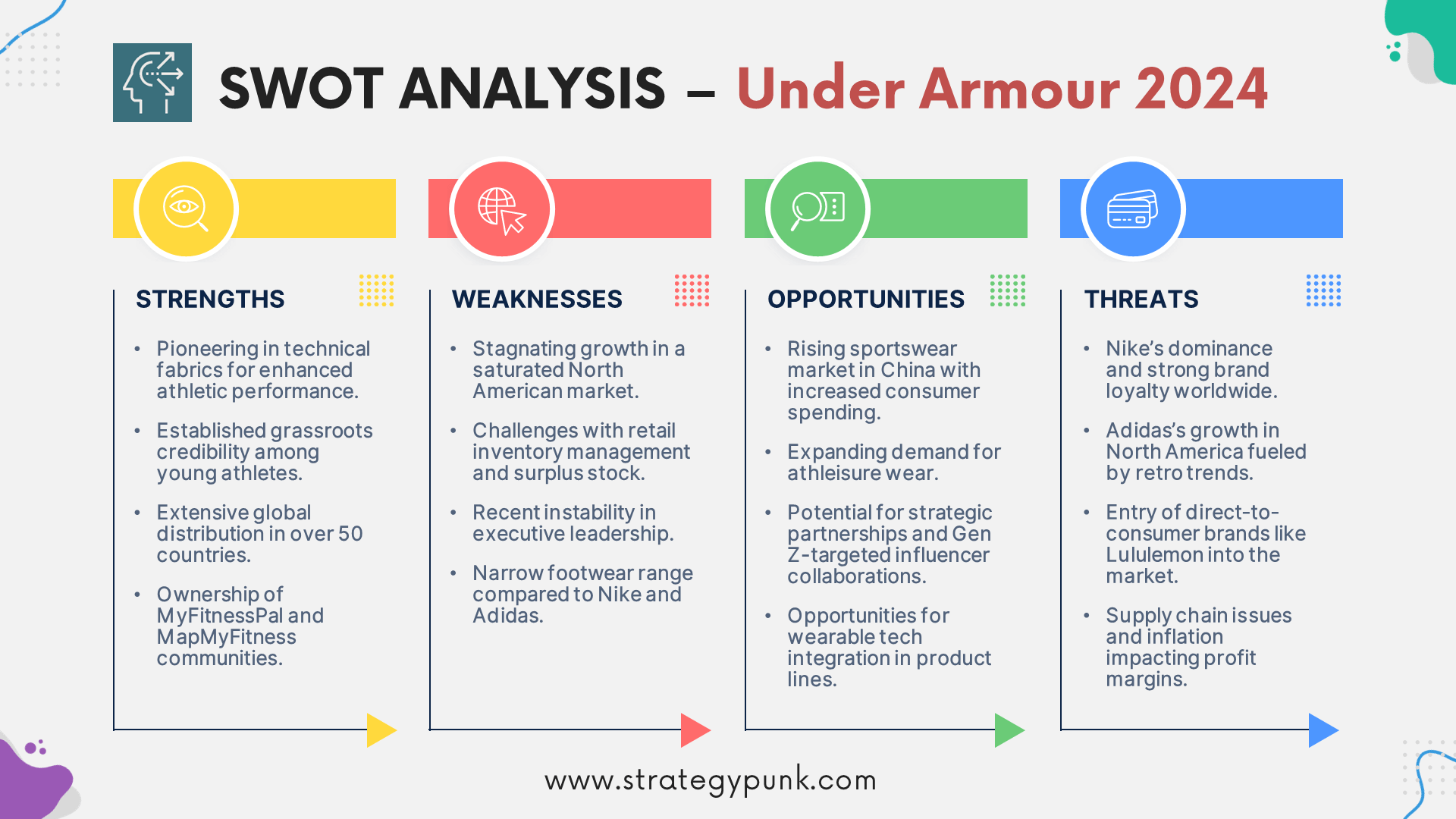
Under Armour SWOT Analysis PDF & PDF Deck
Under Armour SWOT Analysis PowerPoint Template
Feel free to customize the template by adding your content, images, and visuals.
Discover more
New! SWOT Framework & Free PPT Template - 2024 Edition
Dive into the 2024 Edition of our SWOT Analysis guide, complete with a free PowerPoint template. This resource covers the essentials of conducting a SWOT analysis, its benefits, and practical application tips, including a case study on Mercedes Benz.
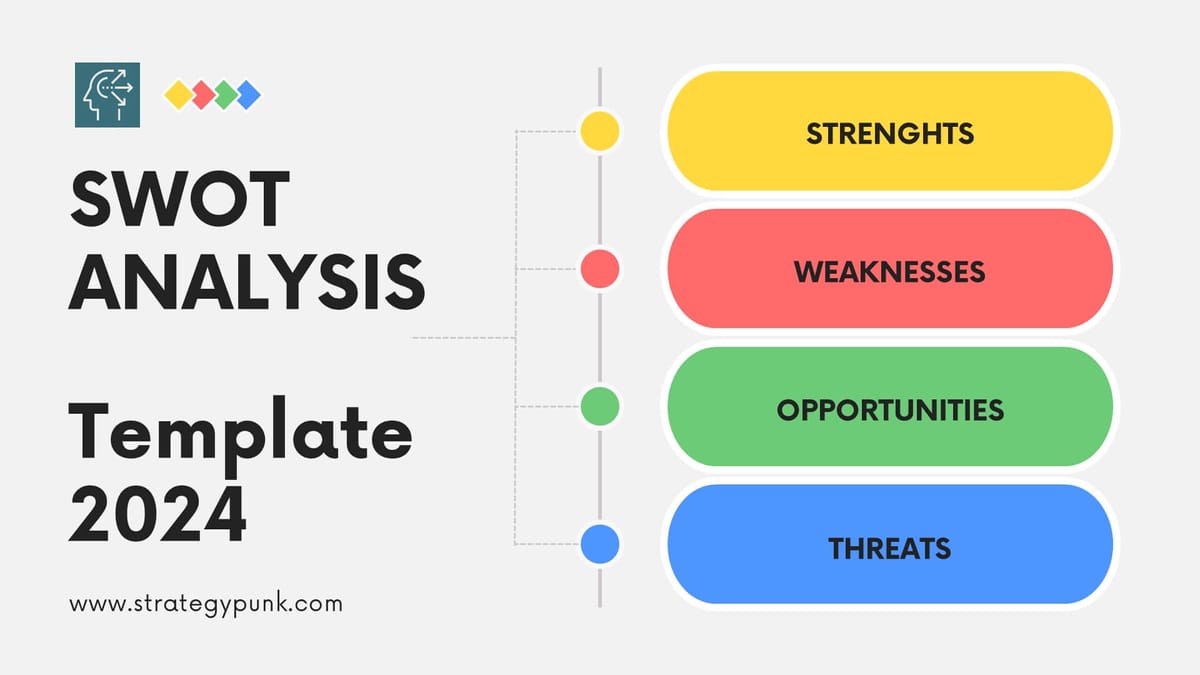
Nike in 2024: Detailed SWOT Analysis with a Complimentary PowerPoint Template
Download Nike's 2024 SWOT Analysis: Comprehensive insights and free PowerPoint template. Key strategies, opportunities, and challenges revealed.
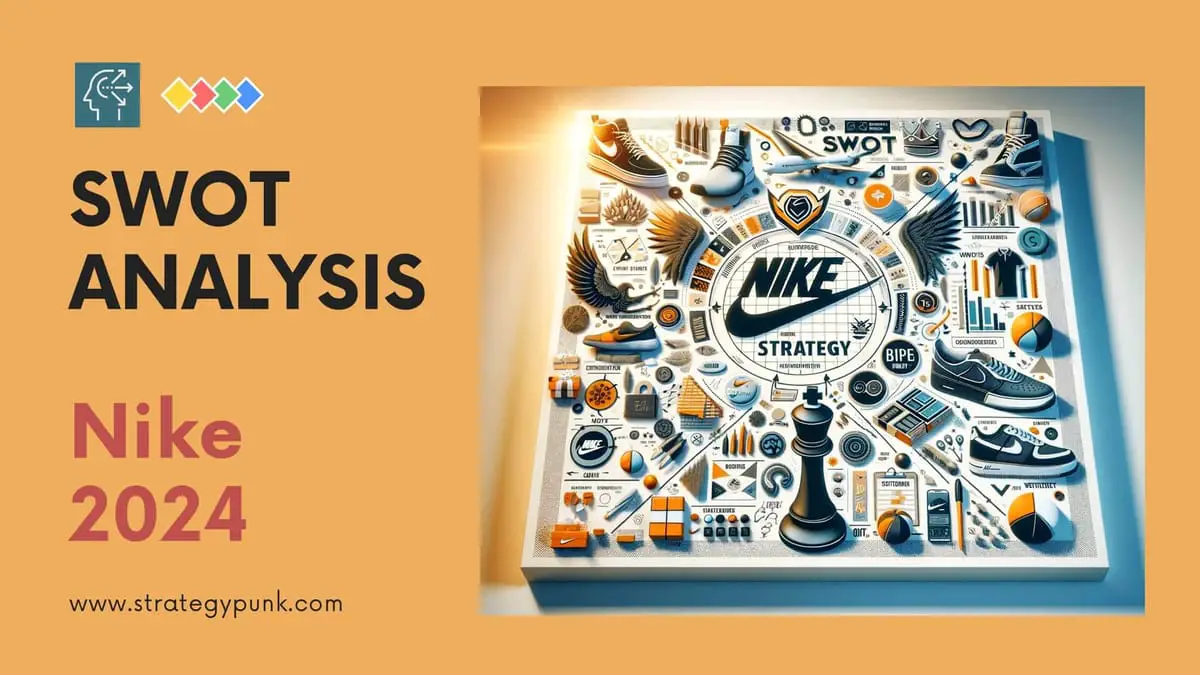
Strategic Insights 2024: A SWOT Analysis of adidas (Free PPT)
Explore 'Strategic Insights 2024: A SWOT Analysis of adidas' with our free PowerPoint template. Dive deep into adidas' strengths, weaknesses, opportunities, and threats in 2024. Download now for insightful strategy planning!

Strategic Insights 2024: A SWOT Analysis of Puma
Get your free PPT template for a detailed Puma SWOT Analysis with Strategic Insights 2024. Unlock insights & strategies now!
